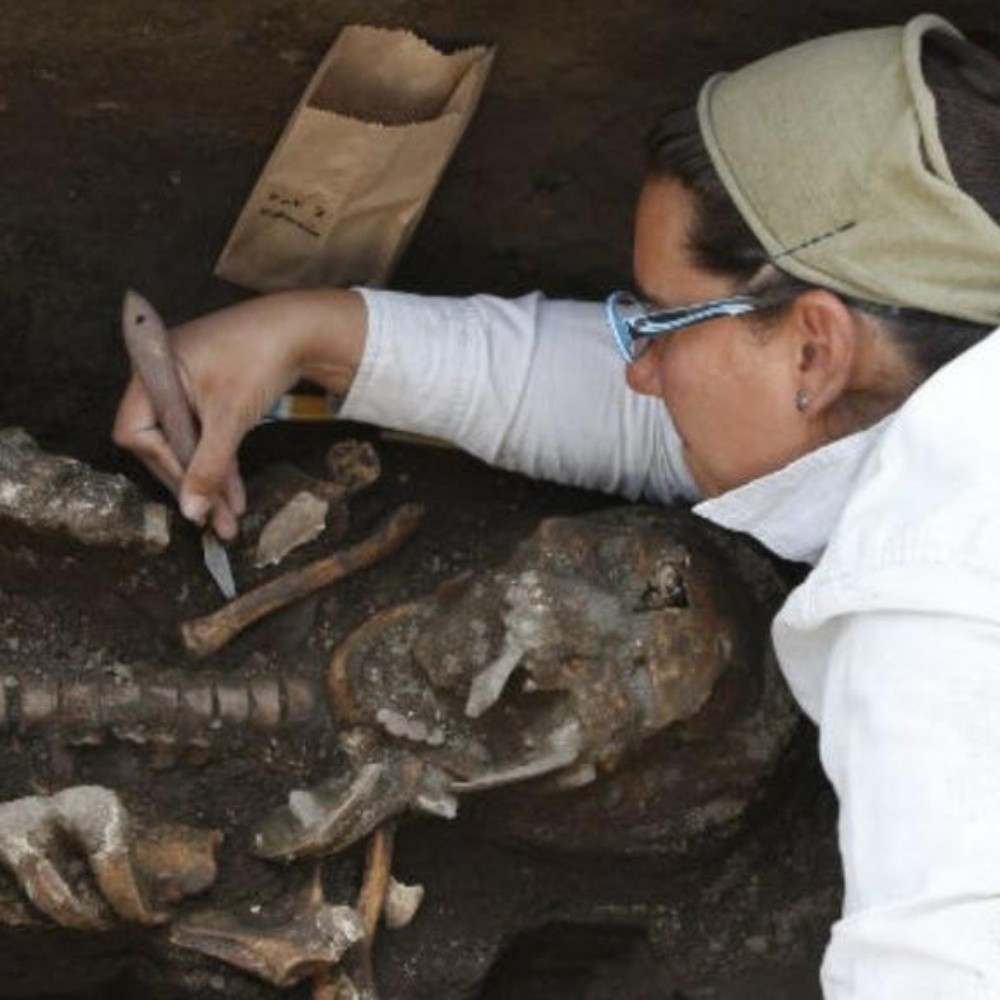
Puebla.- The National Institute of Anthropology and History (INAH) of Mexico analyses the 80 pre-Hispanic remains found in the area that currently belongs to the city of Atlixco, in Puebla.Through a press release, the aforementioned body ensured that the studies are carried out on the premises of the former Hospital of San Juan de Dios, which operated from the eighteenth century until 2015.
Stay informed about what matters most to you
Get the most relevant news of the day in your e-mail
Thank you for subscribing!
Check your inbox to confirm your email and start getting the latest news
Take advantage and take the next step
Get our news alerts so you don’t miss anything
Receive notifications
Not bad! You’ve subscribed to notifications
Set up and choose your preferences
Set up notifications
Enter your e-mail
Subscribe
Subscribing involves accepting the terms and conditions
Not bad! You’ve subscribed to notifications
Set up and choose your preferences
In the words of INAH’s archaeological rescue management researcher Miguel Medina Jaen, the bodies were found between late 2018 and early 2018 on an area of approximately 35 square meters.
He added that for the time they had to bring them to the surface they decided to use a simpler method, such as “block” extraction, that is, to take the full share of soil that kept them buried. Medina Jaen explained that they then entered into dialogues with the aforementioned municipality, to enable an area of the former nosocomio where they advance with the microexcavation of burials, a procedure to obtain more data on the remains. Read more: (They find remains of Moctezuma palace where he housed Hernán Cortés)In addition, he said that despite having evidence of at least 80 “individuals”, so far it is estimated that the passage of time and what that entails will allow to have a total of 40 complete osseous remains. From the research it was said that according to the information obtained by physical anthropology, most of the remains were adults, between 20 and 50 years at the time of his death, which coincides with the life expectancy of that species at the time. Another interesting fact is that almost half of the individuals were of the female gender, while the rest males, all of adulthood. There is no record of bodies without full development, in other words, there are no infants. This makes experts think that children were likely to be smoked in another region of the population at the time, or perhaps received different mortuary treatments than an adult. Read more: (Guanajuato Prosecutor’s Office find dry remains and vessels of pre-Hispanic origin in Valle de Santiago)In many of the burials were located ceramic offerings, such as winches, figurines, dishes or tripod boxes with elaborate zoomorph decorations or anthropomorphic. With EFE information





